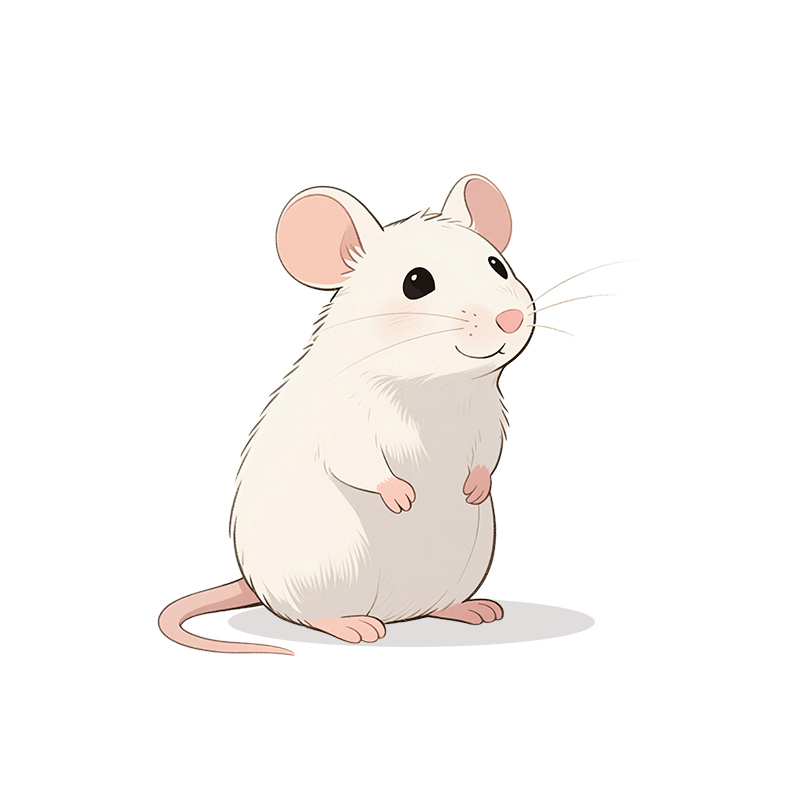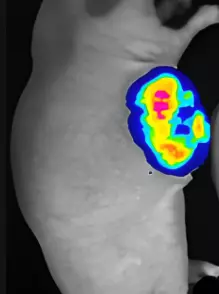Cell Line-Derived Xenograft (CDX) Model


Cell Line-Derived Xenograft (CDX) Model
Model Description
Cell line-derived xenograft (CDX) models are the most commonly used in vivo models for preclinical pharmacodynamic evaluation of anti-tumor drugs. Based on donor and recipient sources, they are classified into two types:
- Xenograft Transplantation Model: Uses human tumor cell lines. Cells are inoculated subcutaneously into immunodeficient mice. This model is typically used for screening chemotherapy drugs. The in vivo drug sensitivity test using xenografts better mimics the human tumor environment. It also reflects the pharmacokinetic properties of test drugs.
- Allograft Transplantation Model: Uses murine tumor cell lines. Cells are inoculated subcutaneously into immunocompetent syngeneic mice. This model is suitable for screening immunotherapies. The mice have a fully functional immune system, compatible with the syngeneic tumor graft. This maximizes simulation of the real tumor microenvironment.



Advantages
- Rapid growth
- High proliferation rates
- Short doubling times
- Ease of monitoring
- Low cost
CDX Models of HuaTeng Biotechnology
|
Cancer Type |
Cell Line |
Cancer Type |
Cell Line |
Cancer Type |
Cell Line |
|
Liver Cancer |
HepG2 |
Kidney Cancer |
A498 |
Breast Cancer |
MDA-MB-231 |
|
Hepa 1-6 |
786-O |
MCF-7 |
|||
|
huh-7 |
G-401 |
Lymphoma |
YAC-1 |
||
|
Cervical Cancer |
Hela |
Prostate Cancer |
Lncap |
L5178YTK |
|
|
Lung Cancer |
A549 |
C4-2b |
Esophageal Carcinoma |
OE19 |
|
|
NCI-H1299 |
PC3 |
Colon Cancer |
Caco-2 |
||
|
H1299-Luc |
DU145 |
HCT-116 |
|||
|
Gastric Cancer |
MGC-803 |
22RV1 |
HT-29 |
||
|
SGC-7901 |
Thyroid Cancer |
TPC-1 |
Glioblastoma |
U87 |
|
|
SGC7901-Luc |
Melanoma |
A375 |
Partial list |
||


